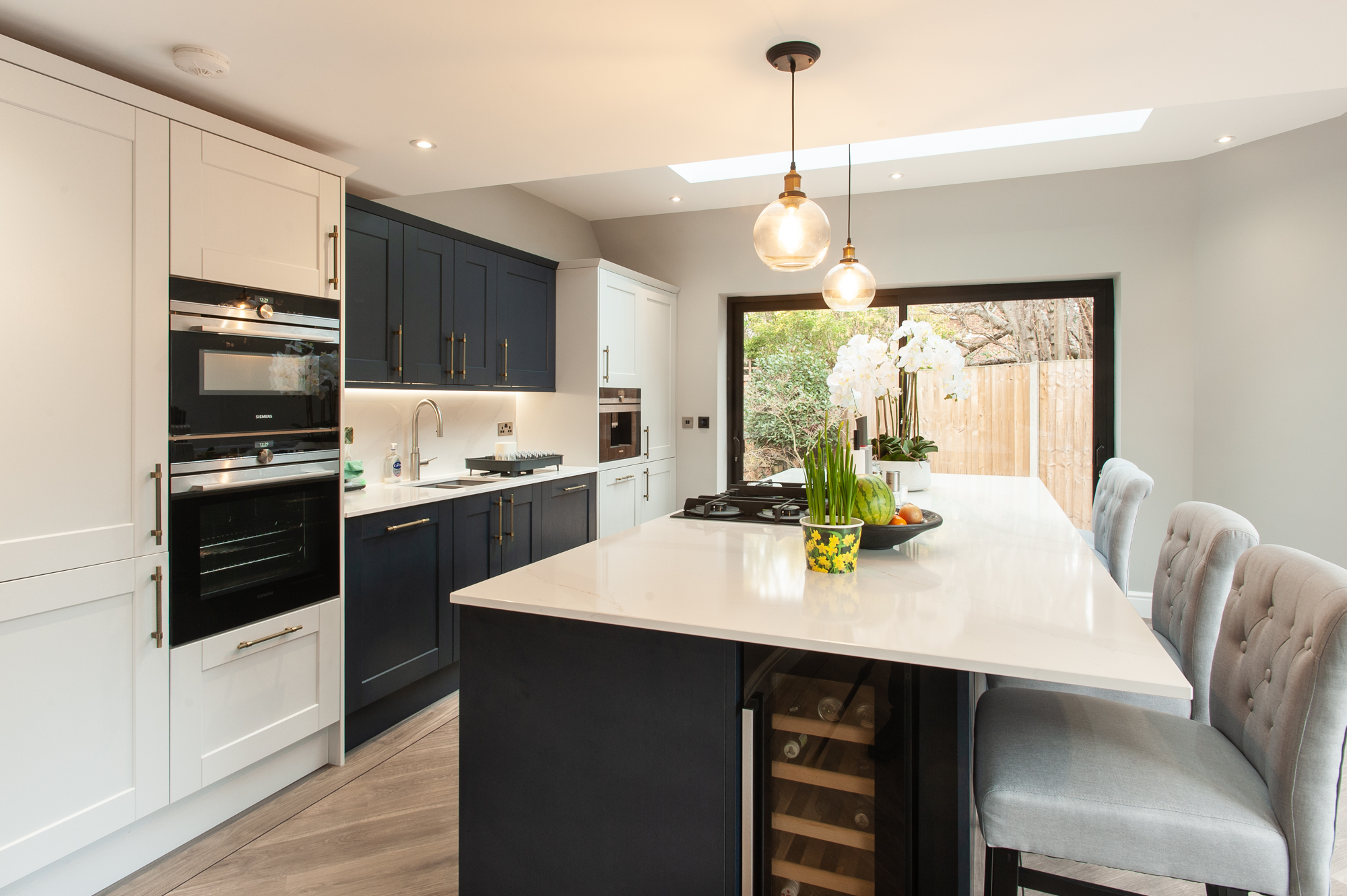Do you have loft ambitions, but don’t want to hurt your wallet? Fret not; we are explaining everything you need to know about cost-effective home improvement below. Loft conversions are a cheaper method of gaining more livable space without having to buy an entirely different house. Depending on the type of conversion you choose, they can cost from £25,000 to £65,000. However, bringing down the overall cost is not impossible at all. So, let’s get started on the many ways you can reduce the cost of your loft conversion.
The greater plan
It’s crucial to understand why you need a loft conversion. If the purpose of your project is clear from the start, you can confidently choose the type and style of your extension. While a loft conversion company will inform you of your options and feasibility, you can do your research to decide on the loft type. If you need just an extra room or a bathroom, you can avoid large extensions.
Style or substance
Some loft conversion designs have pleasing aesthetics, while some are not too chic in appearance. Deciding which matters most, and weighing their pros and cons early on will help you make up your mind about the necessary choice. Dormer conversions are the cheapest. Flat roof dormers and shed roof dormers have simpler styles and reduce the cost. The more intricate gable fronted dormers and hipped roof dormers are more expensive. Mansard and Hip to Gable conversions are the most expensive.
The practical head height
Raising the roof or lowering the ceiling are costly events. If you have enough practical standing room, there is no need for heightening the roof above. Select lighting and fixtures suitable for low roofs that do not hinder the headroom. You can design a furniture layout appropriately by placing some pieces in the niches and under low-hanging beams to save the more comfortable spaces.
Avoid risks
You do not want your loft extension violating building regulations. Hefty fines, lawsuits, demolitions, and having to rebuild are the opposite of what you are trying to achieve. While loft conversions are permitted development projects, there are limitations. And, some conversion types like Mansard almost always need permission. So, apply for planning permission when it is required. Get a loft conversion specialist to assess your property for legal requirements. Never attempt to do this by yourself. Regulations change from time to time and from area to area, and it’s always safe to ask an expert about what applies to you. Submit your planning application early on before any building can take place. Finalise designs to avoid having to reapply when they change. It can cost money. Make sure you have the necessary party wall agreements for semi-detached and terraced home conversions.
You will also need to do a wildlife assessment check in the loft. Certain species like bats are protected by law in the UK, and it’s illegal to disturb their homes.
The design
Ask your architect about the roof structure, maximum windows you can use, skylight options, possibility for dormer window and balcony, and other fixtures you can use. This way, you will avoid regrets and necessity for future building. A smaller loft extension can benefit from more natural light and space-enhancing windows to make it look and feel bigger. Using lighter colours too help give the illusion of spaciousness. You don’t have to always go for the bigger or more expensive to convert your loft successfully.
A lush bath with cheaper plumbing
Plumbing is an extra cost, and it is costlier when the route of the pipes is longer or more complex. The solution? Try to position your bathroom right above the plumbing below, or even near it. It saves a lot of work.
Project manage solution
While some loft conversion companies include full project management in their services, others don’t. Instead of paying for a professional, if you manage to do it on your own, that is a sure-fire way to save money. But, remember you need to be just as good as a pro to do it right or instead of saving you will be spending more money. It requires making sure the building material arrives on time, you purchase and choose the fixtures and fittings, expenses are within the budget, and building work follows the schedule.
Not everything has to be professional
While the loft conversion is the main feature of this project, the interior finish can be your project. You can do the painting, carpet fitting, wallpapering, floor tiling, hanging up curtains, putting up shelves, and other smaller tasks by yourself. Every little bit helps to cut the cost.
Settle for medium
Certain raw materials, fixtures, and fittings for your new space don’t have to be the most expensive. Expensive doesn’t always mean the best. Try to find mid-range products that are sturdy, functional, and practical.
Your loft conversion does not have to be a costly affair. Incorporate these safe methods for your remodelling project and see the costs reduce to your advantage. Good Design & Build offers full project management and applies for planning permission on your behalf.




